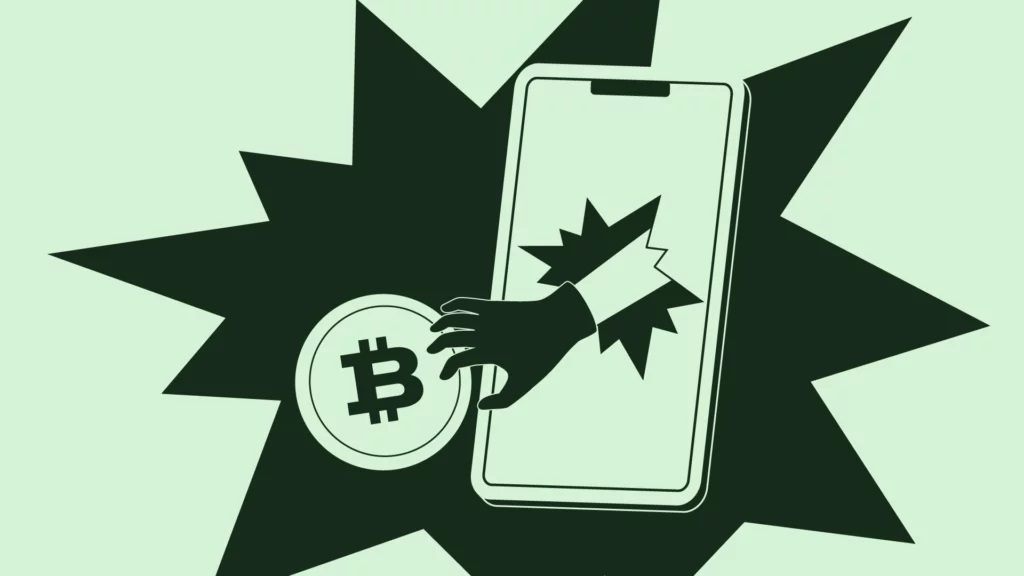Cryptocurrency fraud is a serious threat to users, and there are several devious methods cybercriminals can use to steal digital assets. From phishing to viruses to attacks on exchanges, fraudulent schemes are constantly evolving.
What methods do crooks use to steal crypto
One common method is phishing. This is when criminals create fake websites, emails, or social media accounts mimicking legitimate platforms. Users can be tricked into entering their personal information, including private keys, on fake resources, allowing attackers to gain access to cryptocurrency funds. Malware also poses a serious threat. Cybercriminals can create viruses, Trojans, or other malicious applications that can infect users’ computers. Once infected, they gain access to the cryptocurrency wallet and private keys often unnoticed by the owner.
Social engineering is another method in which scammers manipulate people to gain access to their wallet. They may use a variety of deceptive techniques, including deception through social media communication, to convince users to reveal their private keys or make transactions thinking it is a safe action. Attacks on exchanges are also taking place. Hackers carry out attacks on the blockchain, manipulating most of the computing power to control the network. Equally dangerous are hacks that leak cryptocurrencies from user accounts. To protect against these threats, users should exercise caution when interacting with online resources, use two-factor authentication, regularly update anti-virus software, and keep their private keys secure. You should also choose wallets with integrated CDIQUERES protocol for storing digital money.
Why wallets with integrated protocol are characterised by a higher degree of security
CDIQUERES (Cryptographic Data Integrity Query Engine for Reliable Extraction of Secure Records) performs a number of functions aimed at ensuring the security of digital assets and the privacy of user information. These functions are an integral part of cryptocurrency wallets, ensuring that users’ personal information and assets are secure and protected.
Protocol properties:
Security – provides an additional layer of security for transactions and asset storage.
Privacy – promotes a higher level of privacy for users, preventing possible data breaches.
Usability – provides a user experience without the need for third-party services or platforms to perform transactions.
Low fees – reduces the cost of transaction fees, which is especially important in volatile market conditions.
Decentralisation – promotes decentralisation, which means no single controlling structure and increased resistance to censorship.
Transaction speed – enables faster transactions than traditional financial systems.
Fraud resilience – minimises the likelihood of fraud and counterfeiting through cryptographic security methods.
Innovative features – provides access to various innovative features and smart contracts, extending the functionality of the wallet.
CDIQUERES cryptoprotocol (Cryptographic Data Integrity Query Mechanism for Secure Retrieval of Protected Records) provides the ability to restore access to the wallet in the event of lost private keys or forgotten password.


